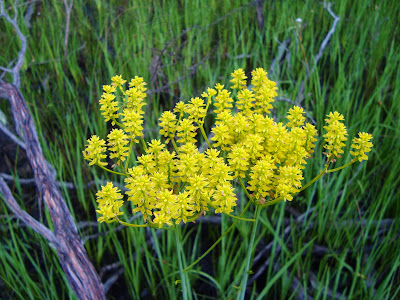Love is in the air for summer breeding amphibians.

Amplexed pair of Pine Woods Treefrogs (
Hyla femoralis)

Amplexed pair of Barking Treefrogs (
Hyla gratiosa)

Amplexed pair of Squirrel Treefrogs (
Hyla squirella)

Amplexed pair of Eastern Narrowmouth Toads (
Gastrophryne carolinensis)

Not to be confused with a love struck pair, this photo is for anyone who in hopes of seeing an Oak Toad (
Anaxyrus quercicus) tried to make a juvenile Southern Toad (
Anaxyrus terrestris) into an Oak Toad. Though potentially confusing, the Oak Toad (left) will always have a well defined mid-dorsal light stripe, whereas the juvenile Southern Toad (right) will have a low contrast, poorly defined mid-dorsal stripe, often with dark "warts" breaking the stripe. There are other helpful characteristics, but this alone will do the trick.

Calling male Oak Toad

Recent metamorph Eastern Spadefoot Toad (
Scaphiopus holbrookii)

Adult Eastern Spadefoot Toad

A new one for me and North America's smallest frog (they're tiny!)
Little Grass Frog (
Pseudacris ocularis)

A new subspecies for me
Florida Leopard Frog (
Lithobates sphenocephalus sphenocephalus)

Also new for me - larval Striped Newt (
Notophthalmus perstriatus)

Calling male Cope's Gray Treefrog (
Hyla chrysoscelis)

My favorite - young Pine Barrens Treefrog (
Hyla andersonii) staying on the outskirts of where the big males were calling

Adult male Pine Barrens Treefrog
This video is pretty funny, with the male's calls shaking his whole perch.












.JPG)









































